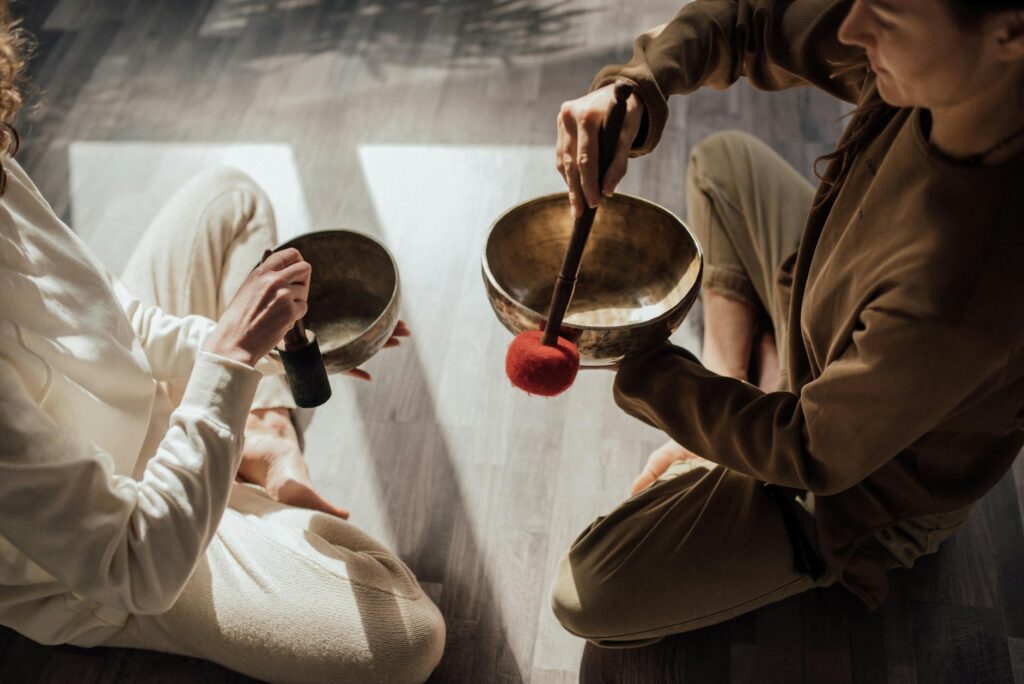What is inner peace cultivation?

What is inner peace cultivation?
In a world that often feels chaotic and fast-paced, the quest for inner peace has become a necessity rather than a luxury. Inner peace cultivation isn’t just about achieving a state of tranquility; it’s a journey toward personal growth, emotional stability, and enhanced productivity. The practice allows us to navigate life’s challenges with resilience and clarity. By focusing on inner peace cultivation, we empower ourselves to live more fulfilling lives, both personally and professionally.
Understanding Inner Peace Cultivation
Inner peace cultivation refers to the intentional practice of developing a sense of calm and contentment from within. It’s about creating a stable emotional foundation that can withstand the stresses of everyday life. This practice is deeply rooted in personal development and promotes self-awareness and mindfulness.
The Concept of Inner Peace
So, what exactly does inner peace mean? At its core, inner peace is a state of mental and emotional stability characterized by a lack of anxiety and stress. It is often associated with feelings of contentment and harmony. Inner peace is significant for mental health, as it can lead to improved emotional well-being, better stress management, and enhanced coping skills. When you cultivate inner peace, you create a sanctuary within yourself where you can retreat during turbulent times.
The Process of Cultivation
Cultivating inner peace is not an overnight transformation. Instead, it’s a gradual journey that requires patience and persistence. Think of it like tending to a garden; it takes time to plant the seeds, nurture them, and watch them grow. Each step taken towards inner peace contributes to a deeper understanding of oneself and fosters an environment where tranquility can flourish.
Techniques for Cultivating Inner Peace
To cultivate inner peace, you can integrate practical techniques into your daily routine. Here are some effective methods:
Mindfulness and Meditation
Mindfulness practices and meditation are powerful tools for cultivating inner peace. By focusing on the present moment, you can silence the noise of your thoughts and emotions. Meditation encourages deep breathing and mental clarity, allowing you to observe your thoughts without judgment. This non-reactive awareness helps you foster a peaceful mindset. For more insights on mindfulness practices, check out this resource on cultivating inner peace.

Photo by Arina Krasnikova
Journaling and Reflection
Journaling is another effective method for inner peace cultivation. Writing allows you to vent your thoughts and feelings, making sense of your emotions and experiences. Reflective journaling can lead to self-discovery and emotional processing, as it helps you identify patterns and triggers in your life. By regularly documenting your thoughts, you create a safe space for introspection.
Breathing Exercises
Breathing techniques can significantly reduce stress and promote calmness. Simple practices like deep breathing, where you inhale deeply through your nose and exhale slowly through your mouth, can help center your mind. These exercises can be done anywhere, making them ideal for those moments when you feel overwhelmed.
Benefits of Inner Peace Cultivation
Achieving inner peace offers numerous benefits that extend beyond just feeling calm. Here are some advantages that come with cultivating inner peace:
Improved Focus and Clarity
When you cultivate inner peace, your mind becomes clearer, enhancing your focus and concentration. This clarity allows you to make better decisions and improves your ability to tackle tasks effectively. You’ll find that you can approach challenges with a fresh perspective, leading to increased productivity.
Enhanced Emotional Resilience
Cultivating inner peace equips you with emotional resilience. You’ll find it easier to handle stress and adversity, allowing you to bounce back from setbacks. This resilience is crucial for maintaining mental health, as it helps prevent feelings of overwhelm and burnout.
Better Relationships
Inner peace also positively impacts your relationships. When you are at peace with yourself, you tend to interact with others more compassionately and empathetically. You become more present during conversations, leading to deeper connections and understanding.
Challenges in Cultivating Inner Peace
While cultivating inner peace is rewarding, it’s not without challenges. Recognizing these obstacles can help you navigate them more effectively.
Dealing with Distractions
In our technology-driven world, distractions are everywhere. Social media, notifications, and constant demands on our attention can make it difficult to find moments of peace. Learning to manage these distractions is crucial. Setting aside dedicated time for mindfulness or meditation can help you reclaim your focus.
The Myth of a Perfect State
Many people believe that inner peace is about achieving a constant state of calmness. However, this is a misconception. Inner peace is about managing the fluctuations of life, accepting that it’s normal to have ups and downs. It’s not about avoiding chaos but learning to stay grounded amidst it.
Conclusion
Cultivating inner peace is an essential practice for personal growth and productivity. Through mindfulness, meditation, journaling, and breathing exercises, you can embark on a journey toward a more peaceful existence. Remember, the path to inner peace isn’t about perfection; it’s about making consistent efforts to nurture your mental and emotional well-being. Start your journey today, and you’ll likely find yourself living a more balanced, fulfilling life.